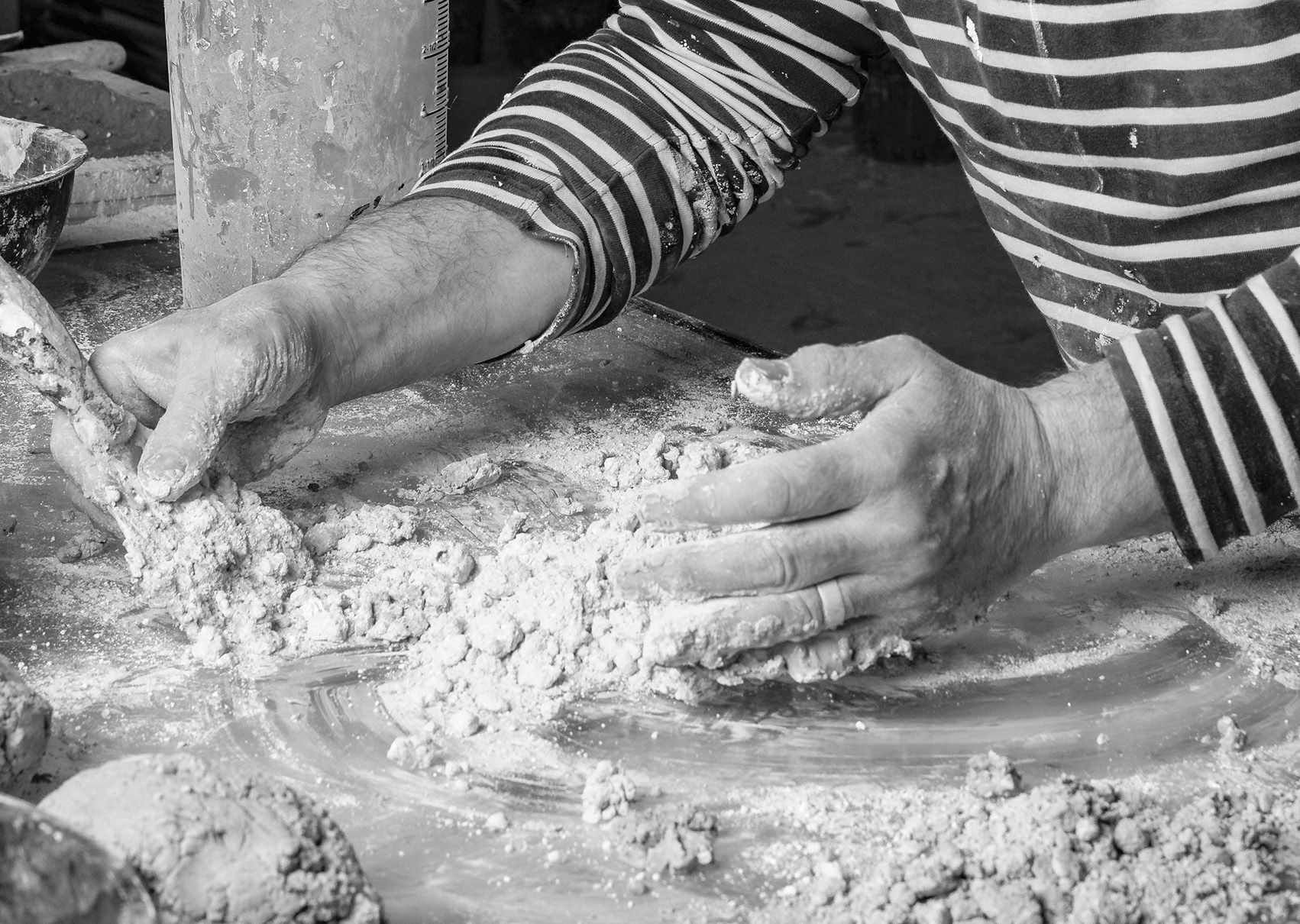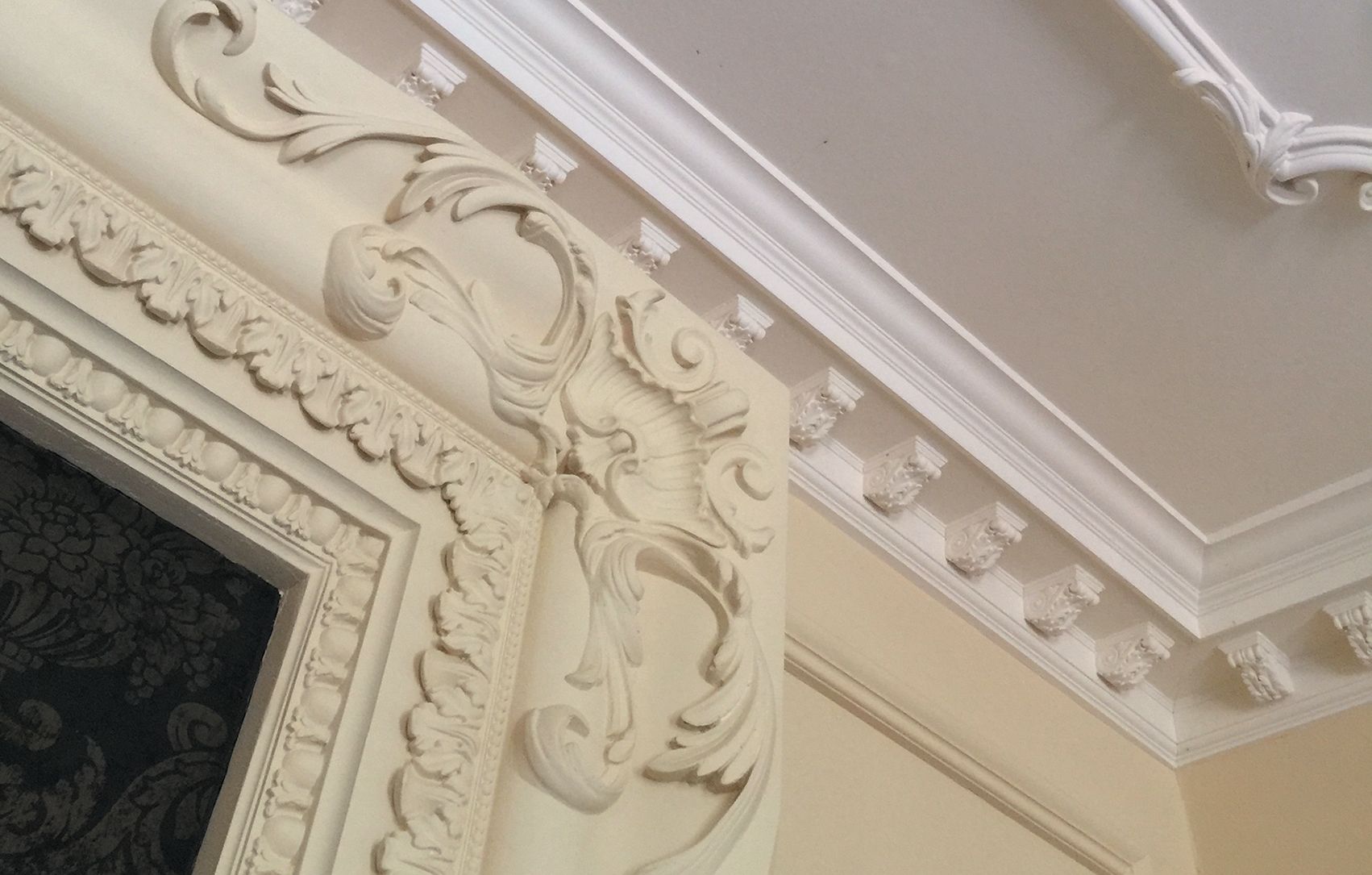How to Approach Listed Building Consent
for Decorative Plasterwork
By Ian Waller
When a project involves listed interiors — especially those rich in decorative plasterwork — securing consent can feel daunting. But in my experience, with the right preparation and specialist input, it becomes a constructive process that enhances the project rather than holding it back.
The key is clarity. Conservation officers are there to protect heritage, not obstruct progress. If you can demonstrate that you understand the value of the plasterwork, the rationale for any changes, and the methods you'll use, you’re more likely to secure consent quickly and with minimal friction.
That starts with a proper condition survey. I often work with architects and contractors to assess what’s original, what’s significant, and what may be removed, replaced, or enhanced. That context forms the foundation for a solid Listed Building Consent application.
Drawings and supporting documentation are equally important. Conservation officers want to see how the work will be carried out, not just what it will look like. That means specifying materials, setting out fixing methods, and showing sensitivity to scale and detail. It’s not just about copying what was there — it’s about demonstrating an understanding of its significance.
I often help prepare statements of heritage impact, restoration strategies, and sample panels for review. These not only support the application but give everyone confidence — from the planning authority to the project team.
Ultimately, listed building consent is an opportunity to show that you care. That you’ve taken the time to understand the architecture, that the work will be thoughtful, and that you’re not simply ticking boxes. When that happens, the results tend to speak for themselves.




